Space Travels - The Colours of Space - episode two
Your gateway to exploring our magnificent universe.
Follow the hashtag #MQSpaceTravels on all the socials and to ask questions.
Episode two equipment and object slideshow: https://spark.adobe.com/page/q30hcg2JsjpmF/
Streaming live on Wednesday 4 August at 7pm AEST: https://fb.me/e/160E8KvDw
For episode two we are using the following equipment: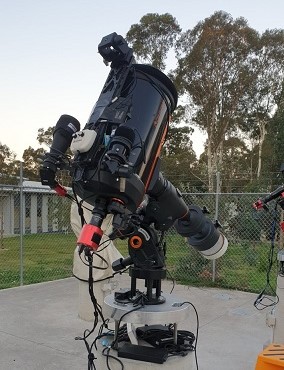
Telescope: Celestron C9.25 XLT SCT f/6.3
Camera: ZWO ASI 183MC-pro
Mount: Celestron CGEM-II
Telescope: Planewave 24" CDK Telescope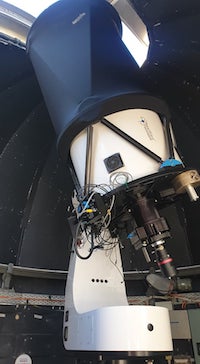
Camera: QHY268C-PH
The biggest telescope at the MQU Observatory boasts a whopping 24" primary mirror. The PlaneWave CDK600 was installed in December 2019 and is to be used for exoplanet detection using the high-resolution echelle spectrograph located nearby in the Observatory research lab. The light will be coupled from the telescope into the spectrograph via an optical fibre, but during our livestream we will be using a QHY268C-PH camera to take photos of galaxies.
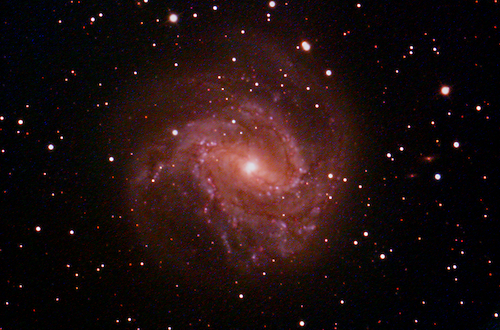
Southern Pinwheel Galaxy (M83) 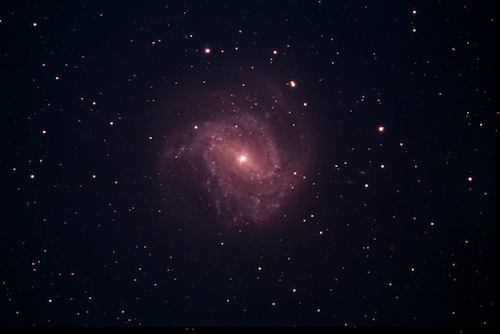
M83 is a massive, grand design spiral galaxy. With 40 billion stars, it is one of the brightest spiral galaxies in the night sky. Its morphological classification in the De Vaucouleurs system is SAB(s)c, where the 'SAB' denotes a weak-barred spiral, '(s)' indicates a pure spiral structure with no ring, and 'c' means the spiral arms are loosely wound. The peculiar dwarf galaxy NGC 5253 lies near M83, and the two likely interacted within the last billion years resulting in starburst activity in their central regions. The image above was taken with the Planewave 24" CDK. The image to the right was taken with the Celestron 9.25".
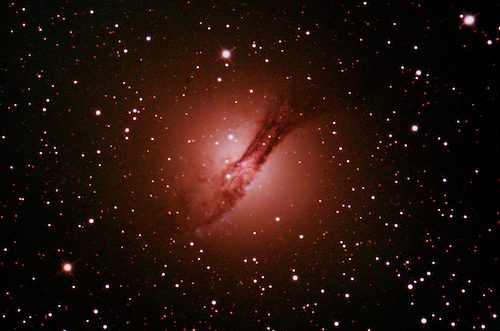
Centaurus A (NGC 5128)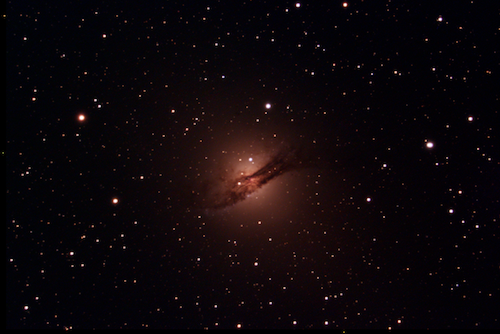
Welcome to the 5th brightest galaxy in our sky, Centaurus A. In 1826, this edge-on galaxy was discovered in the Parramatta home of James Dunlop. It hosts a supermassive black hole at its center, which ejects relativistic jets over a million light years in distance. This is significantly larger than the approximately 30,000 light year radius of the galaxy itself. The image above was taken with the Planewave 24" CDK. The image to the right was taken with the Celestron 9.25".
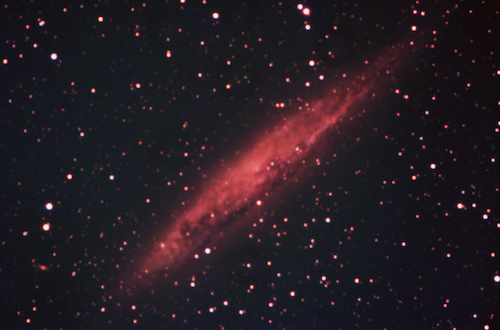
Tweezers Galaxy (NGC4945)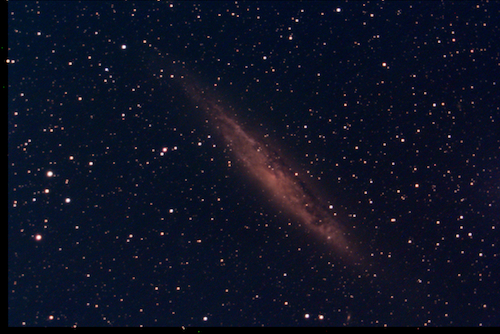
Centaurus A was not the only galaxy James Dunlop discovered in 1826, he also discovered the Tweezers Galaxy. This barred spiral galaxy is considered one of our neighbouring galaxies, at a distance of 13 million light years from Earth. With its radius of 82,600 light years, this is an amazing galaxy to view through the telescope. The image above was taken with the Planewave 24" CDK. The image to the right was taken with the Celestron 9.25".
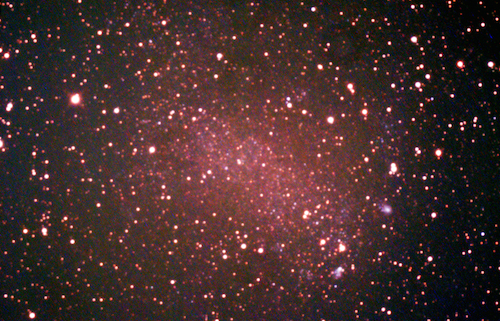
Barnard’s Galaxy (NGC6822)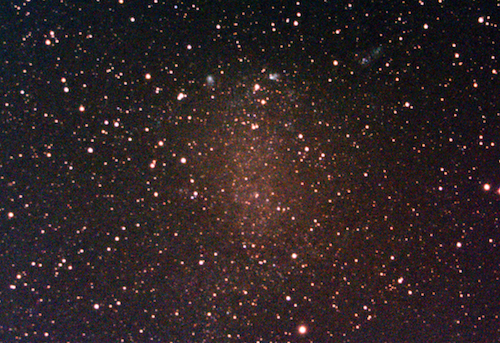
This globular cluster looking structure is in fact a Dwarf Irregular galaxy called Barnard’s Galaxy. At a distance of 1.63 million light years, this galaxy lies a little closer to home than the previous galaxies. You will be able to see the spectacular display of active star formation, where hot young stars heating up nearby gas produce regions of reddish nebulae.The image above was taken with the Planewave 24" CDK. The image to the right was taken with the Celestron 9.25".
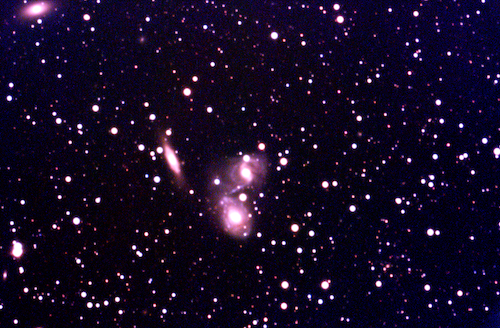
Pavo Indus Supercluster 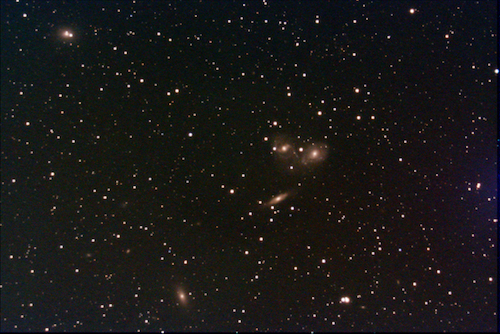
What is one of the largest structures in the universe? At a total length of 215 Million light years the Pavo Indus Supercluster is only one of an estimated 10 million superclusters in the observable universe. This definitely opens our eyes to the vastness of space. The image above was taken with the Planewave 24" CDK. The image to the right was taken with the Celestron 9.25".
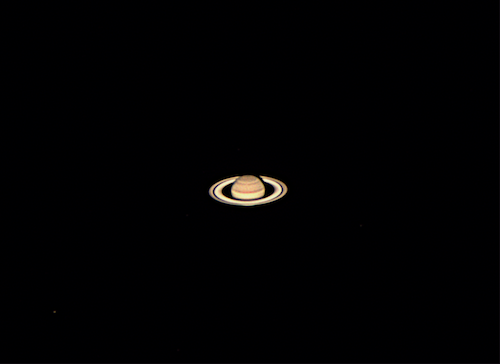
Saturn 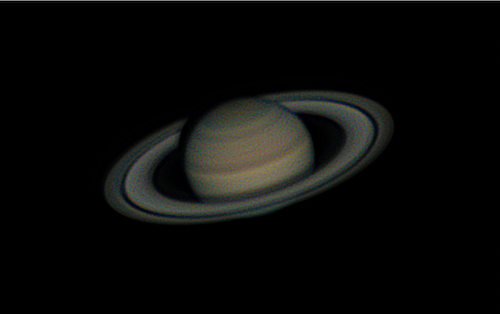
Coming closer to home, in our next episode we will look within our solar system at one of our most spectacular gas giants, Saturn. With dazzling rings composed of ice, rocks and dust, it is hard to imagine that Saturn’s main rings are an average of only 9m thick. The image to the right was taken in October 2020 with the Meade 16" LX200, 4x TeleVue Barlow and ZWO ASI 462 MC. The image above was taken with the Celestron 9.25".